News articles
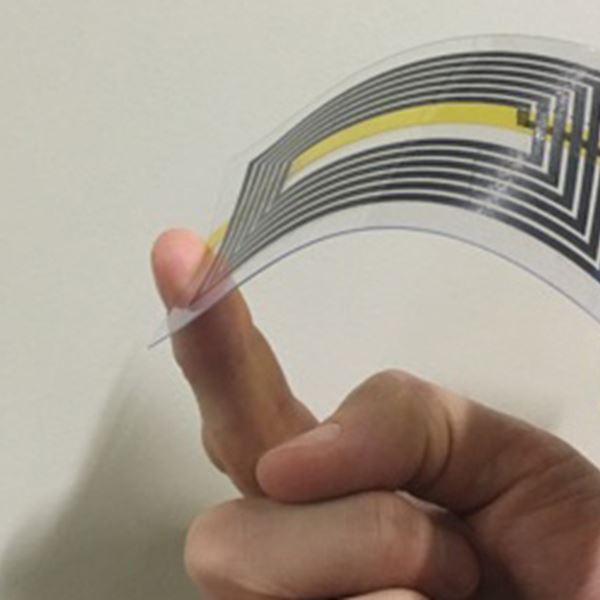
Flexible electronics
Work Package 8, Flexible Electronics (WP8), is devoted to what the Graphene Flagship describes as the next ubiquitous platform for the electronics industry. Graphene – a thin, flexible, ultra-strong and highly conductive film – is an obvious choice for flexible electronics. This 2d material will enable a wide range of applications, in a way similar and complementary to silicon technology. Work package leader is Stefano Borini of Nokia Technologies in Cambridge, and deputy Sebastiano Ravesi of STMicroelectronics in Catania.
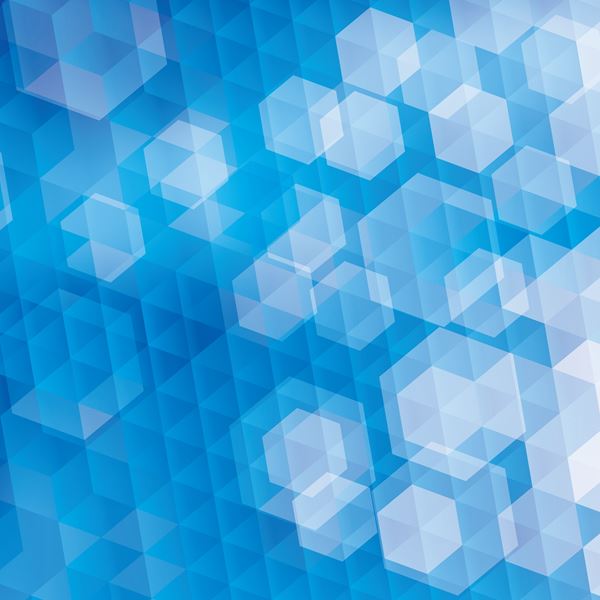
High frequency electronics
Work Package 4 (WP4), High Frequency Electronics, focuses on the development of graphene-based electronics technologies operating at gigahertz frequencies and above, capable of significantly outperforming state-of-the-art devices. Work Package leader is Daniel Neumaier of AMO GmbH in Aachen. Deputy leader is Herbert-Zirath from Chalmers University of Technology in Göteborg. Here we highlight two WP4 achievements over the past year.
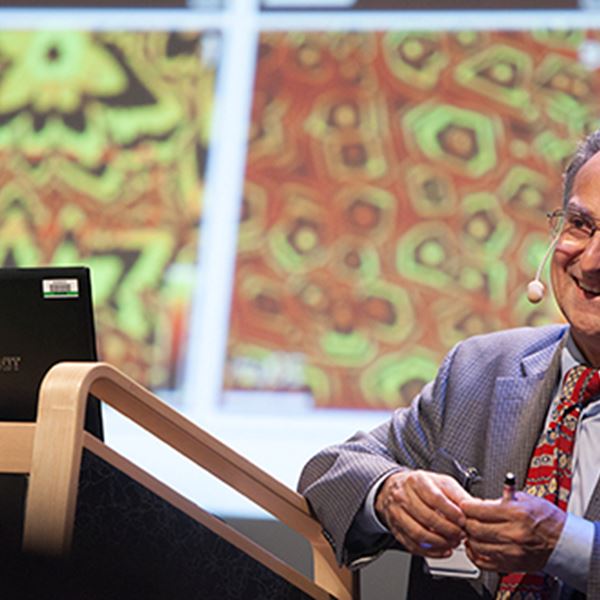
Graphene Flagship experts unfold the complexity of now and beyond
Graphene Flagship experts guide the development of graphene research and unfold the complexity of now and beyond.

New Head of Innovation in the Graphene Flagship
Dr Kari Hjelt appointed new Head of Innovation to lead the coordination of the Graphene Flagship’s innovation processes, effective 18 January 2016.
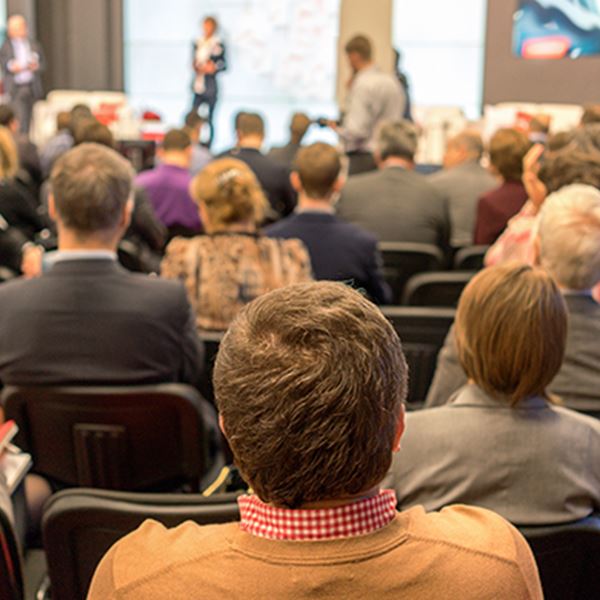
Graphene Flagship looks ahead to life under Horizon 2020
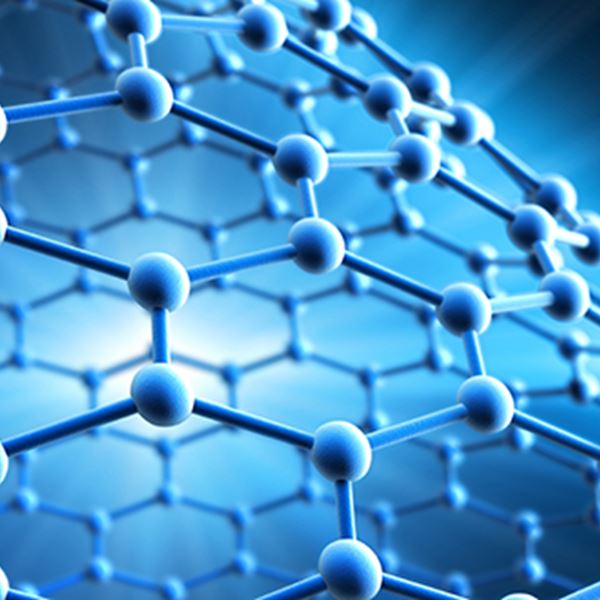
Graphene shows promise for next generation rechargeable batteries
Graphene Flagship researchers show how the 2d material graphene can improve the energy capacity, efficiency and stability of lithium-oxygen batteries.

Bosch and Talga join the Graphene Flagship as associate members
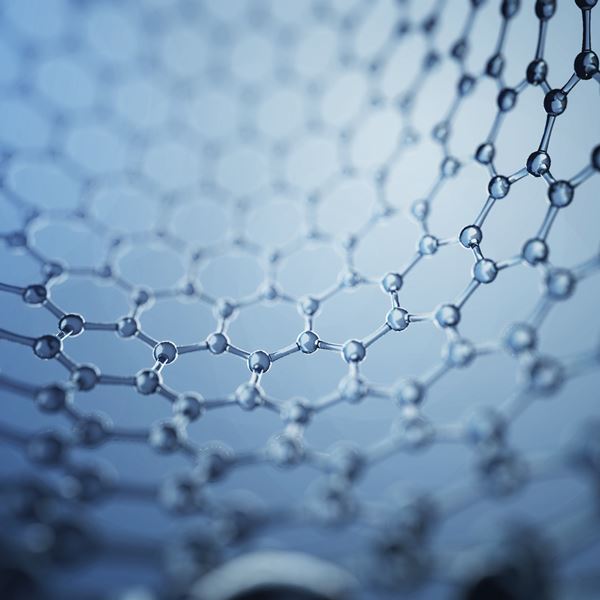
Graphene teams up with two dimensional crystals for faster data communications
Ultra-fast detection of light lies at the heart of optical communication systems nowadays. Driven by the internet of things and 5G, data communication bandwidth is growing exponentially, thus requiring even faster optical detectors that can be integrated into photonic circuits.

Joint Transnational Call brings in 13 new projects
Graphene Flagship will take on board 13 partnering projects, as a result of a Joint Transnational Call, with a total budget of 9,9 million €.
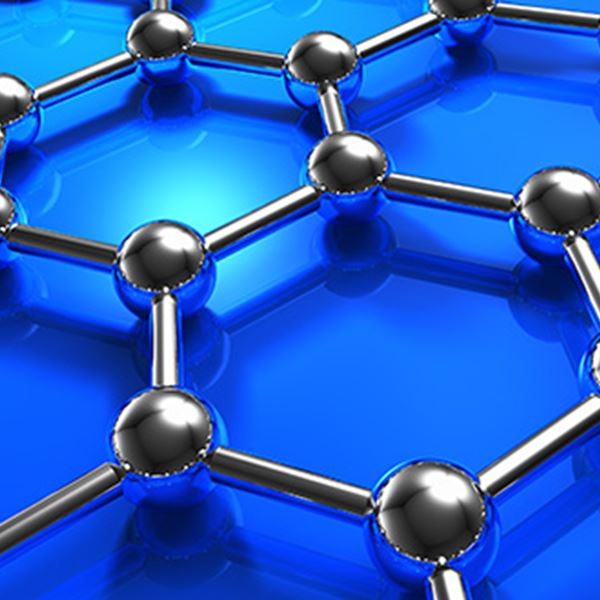
Narrowing the gap between synthetic and natural graphene
Producing graphene in bulk is critical when it comes to the industrial exploitation of this exceptional two-dimensional material. To that end, Graphene Flagship researchers have developed a novel variant on the chemical vapour deposition process which yields high quality material in a scalable manner. This advance should significantly narrow the performance gap between synthetic and natural graphene.

Graphene enables ultrafast laser pulses for spectroscopy and biomedical applications
Graphene Flagship researchers have developed an optical fibre laser that emits pulses with durations equivalent to just a few wavelengths of the light used. This fastest ever laser based on graphene will be ideal for use in ultrafast spectroscopy, and in surgical lasers that avoid heat damage to living tissue.
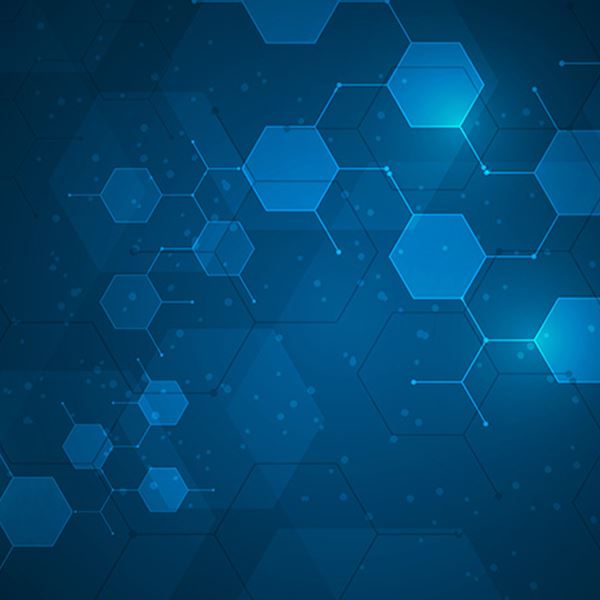
Graphene supercurrents go ballistic
Researchers with Europe’s Graphene Flagship have demonstrated superconducting electric currents in the two-dimensional material graphene that bounce between sheet edges without scattering. This first direct observation of the ballistic mirroring of electron waves in a 2d system with supercurrents could lead to the use of graphene-based Josephson junctions in applications such as advanced digital logic circuits, ultrasensitive magnetometers and voltmeters.
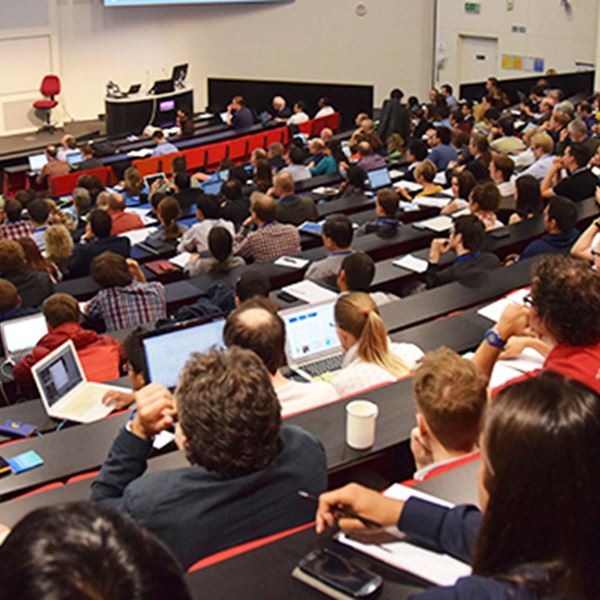
Graphene Week 2015 from science fundamentals to low cost production
Keynote presentations on the third day of Graphene Week 2015 offered an eclectic mix of fundamental science and practical chemical engineering. Here we report briefly on each of the talks, beginning with an introduction to optoelectronics in 2d semiconductors and heterostructures, and concluding with an outline of a highly promising ‘kitchen sink’ approach to graphene production.
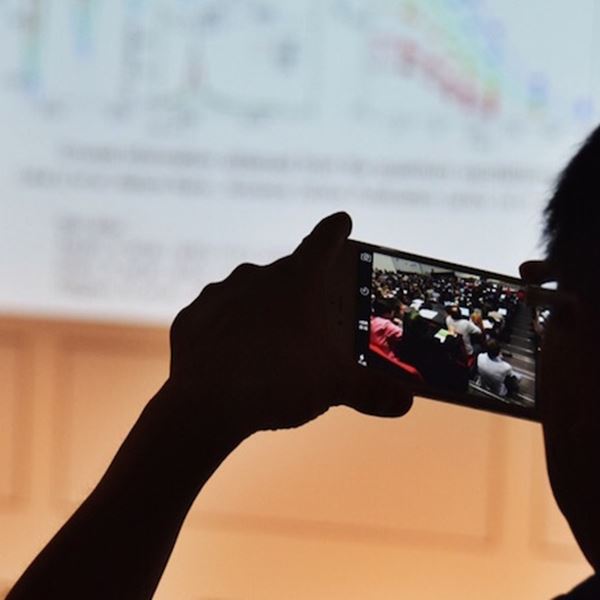
Graphene Week 2015 looks at the electronic properties of 2d materials
Graphene Week 2015 was buzzing with activity throughout the University of Manchester venue, with more than 600 delegates presenting and discussing their work, networking and making plans for the future. Each morning of the conference was given over to plenary sessions, with keynote presentations from invited speakers. Here we report on the Tuesday plenary, which was devoted to the electronic properties of graphene and related layered materials.
